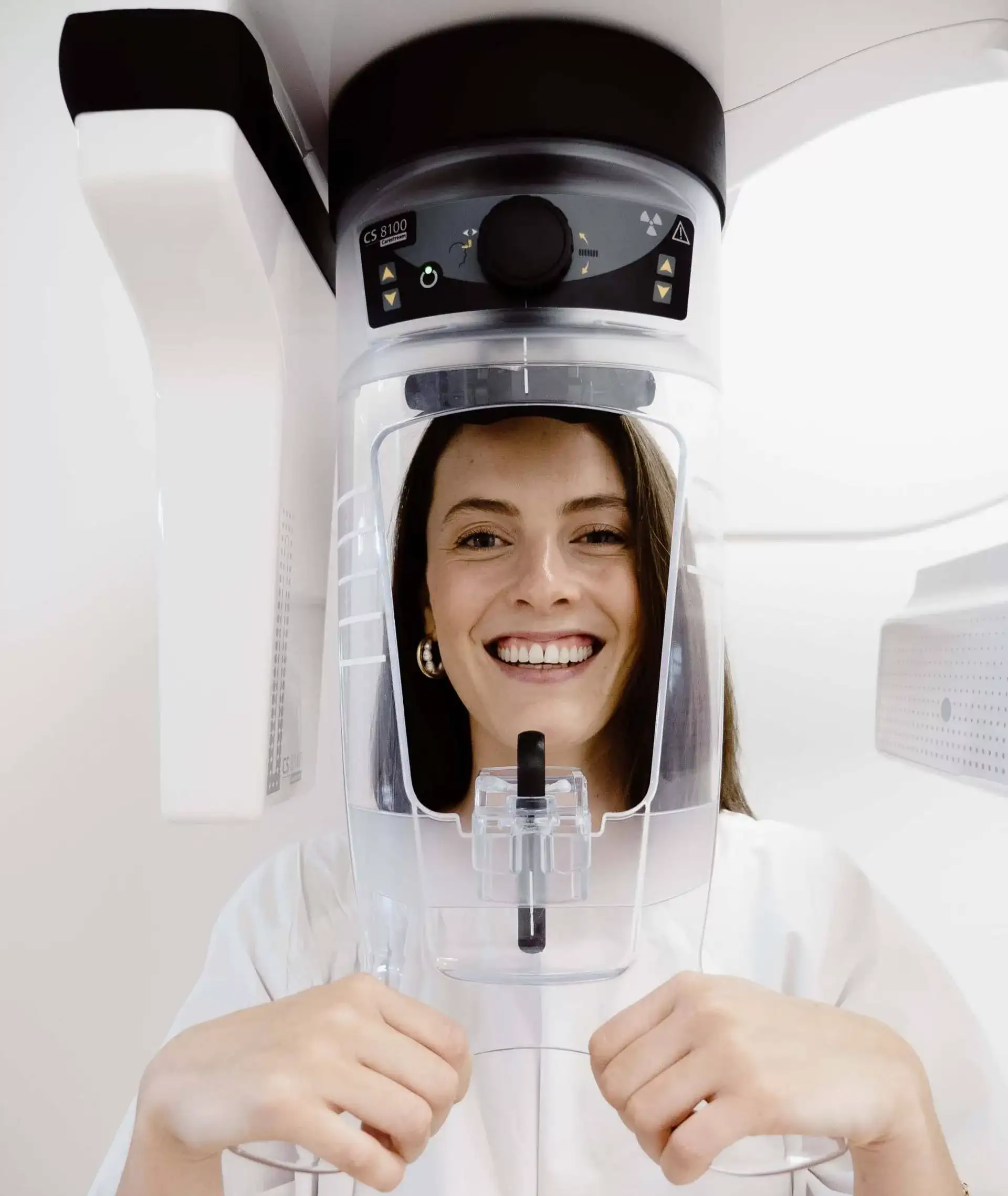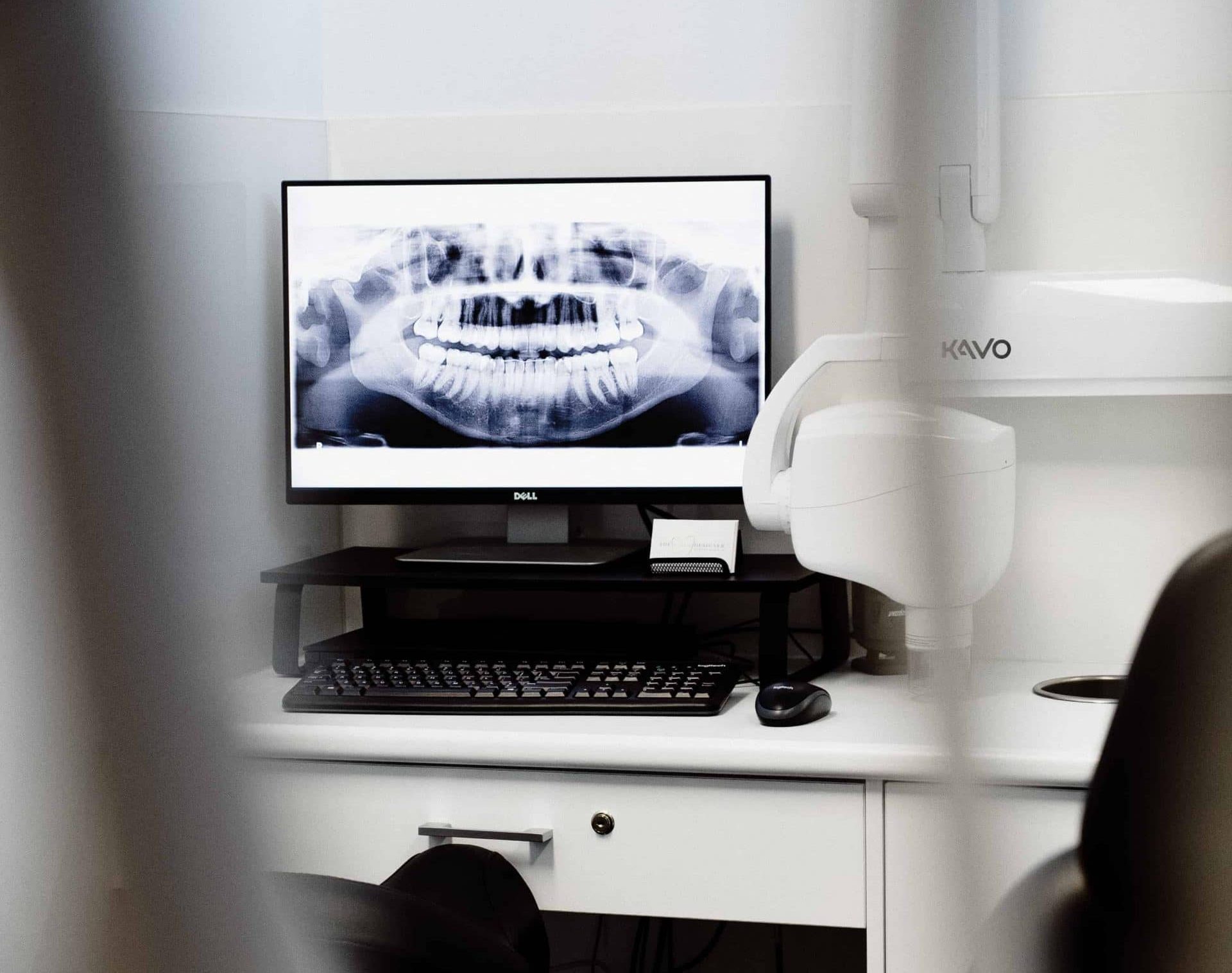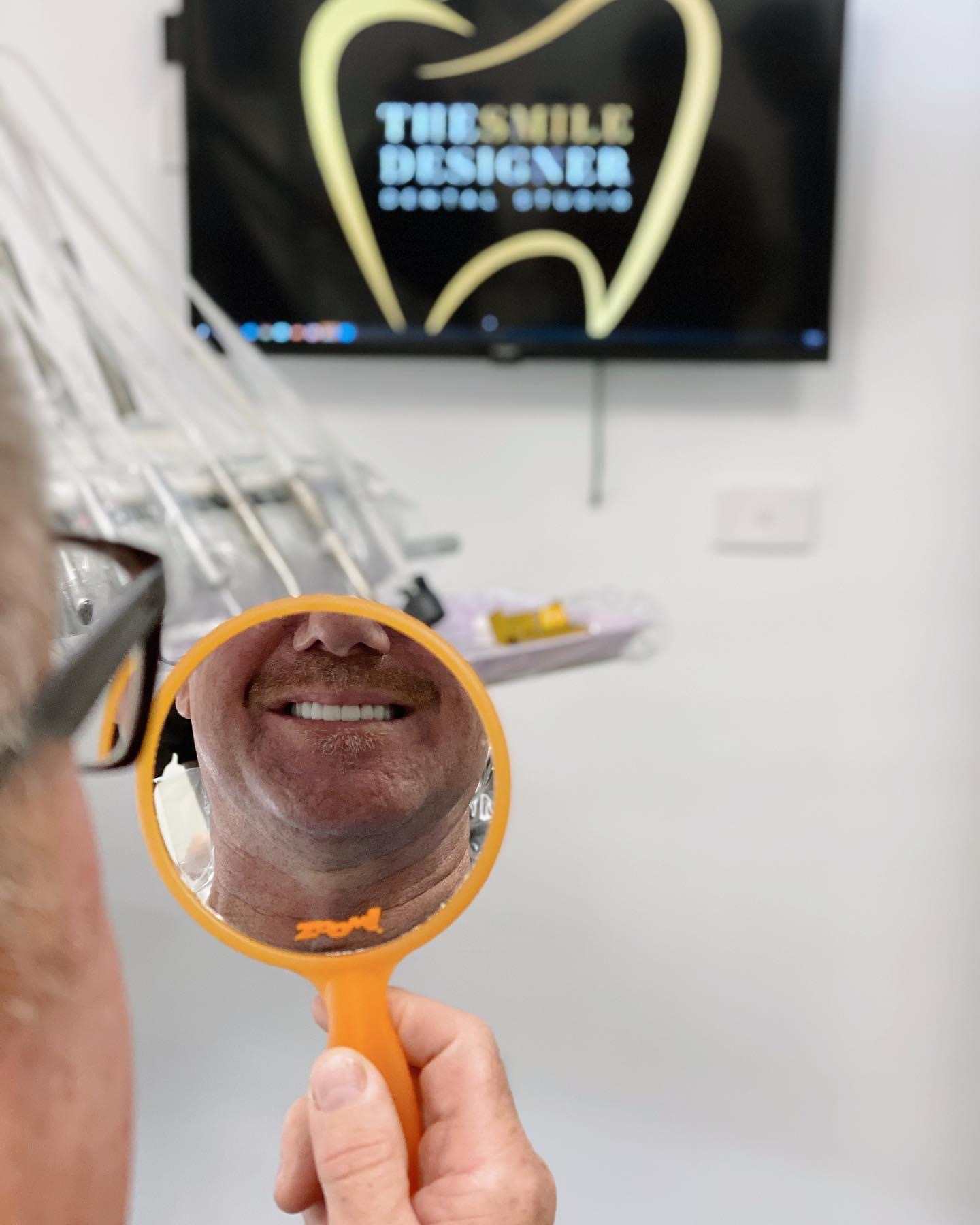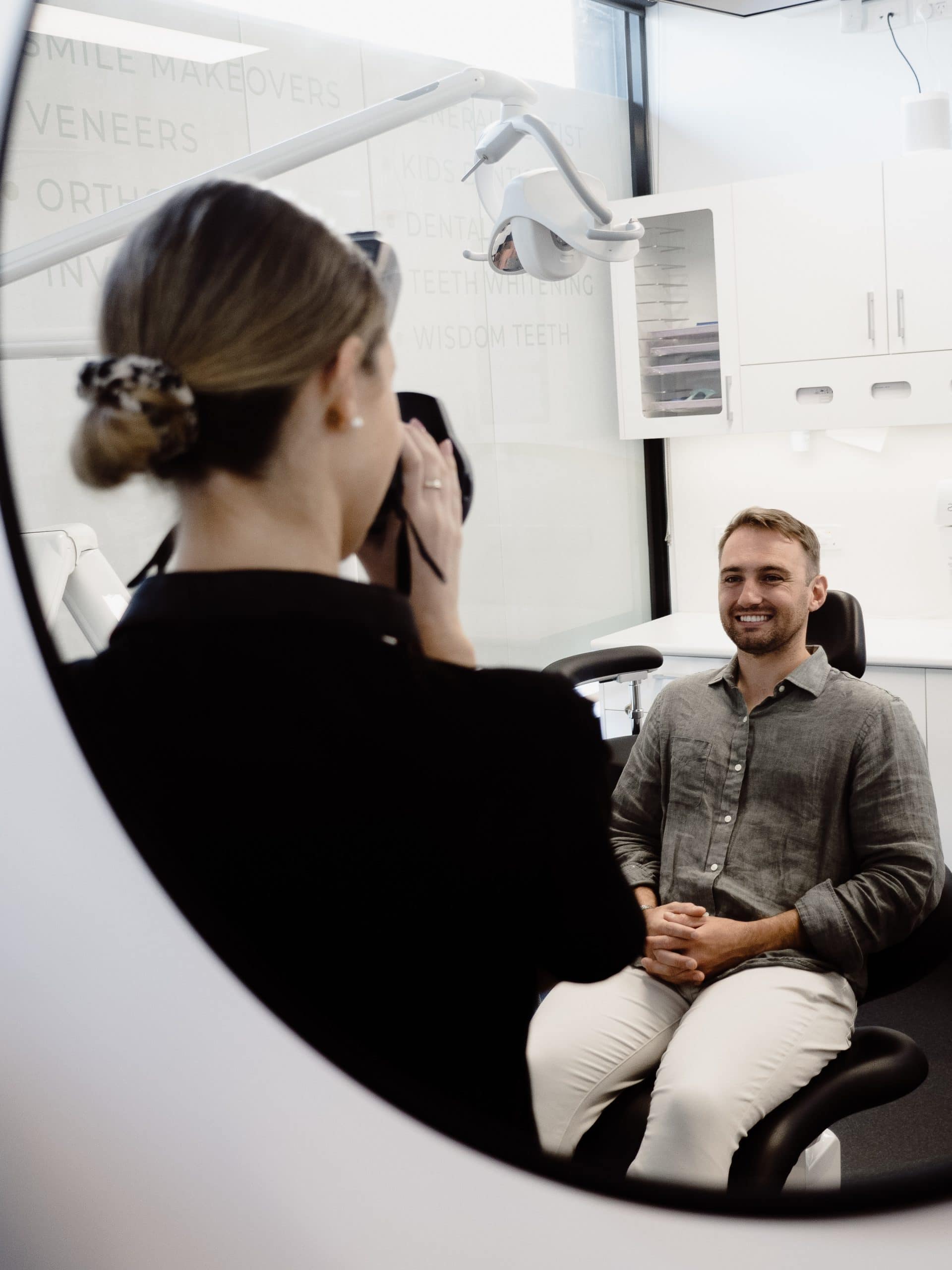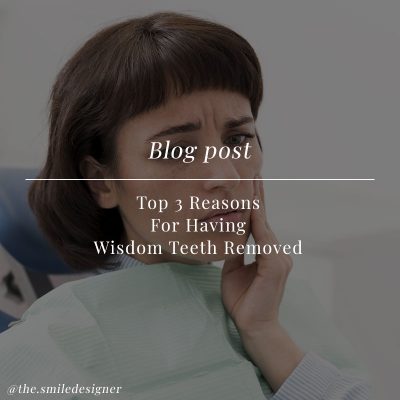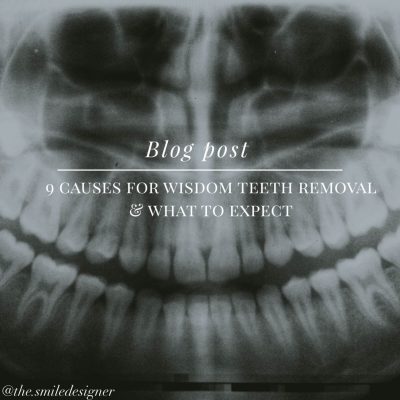Affordable Wisdom Teeth Removal Melbourne
If you are experiencing pain and discomfort in the back of your mouth, it may be time to consider wisdom teeth removal. Impacted wisdom teeth can cause a range of issues, including infection, swelling, and damage to surrounding teeth.
Some people are born without Wisdom Teeth, while some have enough room in their jaws for all their teeth to come through. But for others, wisdom teeth can prove to be quite painful and uncomfortable as they start to come through and erupt. Wisdom teeth removal dental hospital is located in Melbourne and is here to help you with your wisdom tooth concerns and issues in Melbourne.
At our Melbourne practice, we offer wisdom teeth surgery using general anesthesia for your comfort and safety. Our experienced team of dentists is highly skilled in performing wisdom teeth extractions, ensuring that the process is as quick and painless as possible. With our flexible payment plans and acceptance of most private health insurance. Trust us to take care of your wisdom teeth in Melbourne. We have created a warm and relaxing atmosphere here at our dental studios, located on the border of Thornbury and South Preston.
Join us for your Wisdom Teeth Consultation at The Smile Designer Dental Studio.
FAQ About Wisdom Teeth Removal
Wisdom teeth extractions are extremely common and, often, a little complicated. Before any wisdom tooth extraction procedure, it’s understandable that our patients would want to know all the details. Therefore, we’ve answered some of your most frequently asked questions about wisdom tooth extractions.For more information on The Smile Designer or our treatments, contact us today on (03) 9034 5949.
Pain after any normal tooth extraction is common and completely expected. Usually, pain after surgery may last up to two weeks, and therefore, it is highly recommended that you follow the guidelines for recovery that your dentist sets for you. This usually includes taking pain medication when necessary, eating soft foods, and ensuring that your mouth is kept in good condition to allow the wound to heal completely.
Just like a normal tooth extraction, pain after wisdom teeth removal can last up to two weeks. However, you may feel as though you’re having difficulty opening your mouth or experiencing pain or stiffness of the jaw joint. This is completely normal for wisdom teeth removal surgeries and will ease over time. With this type of tooth extraction, you will likely have swelling and mild discomfort for three days or do – and it will take a few weeks for it to completely heal. For more information on wisdom tooth extraction pain, contact our team of dentists today.
The cost of tooth extraction is completely dependent on the individual case. Generally, a simple tooth extraction can cost anywhere from $220 to $400 – and maybe more if general anaesthesia or sedation is needed. However, the cost of getting your wisdom tooth removed can be much higher. In Australia, a simple removal using local anaesthetic for all four teeth can cost up to $2,000, with general anaesthetic being higher than that. At The Smile Designer, we believe in keeping our prices affordable for everyone, and therefore, we’re happy to discuss costs and other details with you in person through a one on one consultation session.
An hour after your surgery, you’re able to remove the gauze sponges which our dentists will place in your mouth to stop the bleeding and have something to eat. However, the foods must be soft for the first 24 hours after surgery. It’s also recommended that you avoid eating hot foods and drinks for a few hours after surgery and that you do not drink from a straw for the first 24 hours. It’s important to ease yourself back into a normal diet when you feel comfortable doing so and not to put any strain on your removal wounds.
Stick to eating soft, easy to chew foods such as yoghurt, pudding, jelly, and ice cream. Eventually, you can start to eat some soft hot foods like mash potatoes or blended soups. Avoid any hard items or anything that will irritate the extraction wound. For more information on what to eat after a wisdom tooth extraction, talk to our dentists today. We’re happy to discuss any procedure expectations and recovery processes.
After your wisdom teeth removal surgery, you must wait at least one hour before you can remove your gauze sponge and have something soft to eat. It’s important to stick to soft foods for the first day after surgery as your wounds are still incredibly sensitive and should be irritated. Eventually, as you become more comfortable, you can start to incorporate other solid foods into your diet until you’re back to a normal, everyday regimen.
Getting rid of the numbness you feel after getting your wisdom teeth removal comes down to time. You must remain patient, and the numbness will wear off. There’s nothing you can do to speed up the process, however, you can take your mind off the feeling by sleeping or involving yourself with other activities. The numbness you feel won’t last long and will gradually disappear with time.
Usually, wisdom teeth removal surgery will take 45 minutes or less. However, the length of your surgery will depend on how many wisdom teeth are being extracted and how complicated the case is. In some instanced, the wisdom teeth need to be broken into pieces before they are removed, and therefore, this procedure takes longer than if the teeth were to be extracted in their original condition. At The Smile Designer, we are committed to performing an efficient wisdom tooth removal process that is guaranteed to provide the desired results.
After wisdom teeth removal surgery, it can take up to 2 weeks for your wounds to fully recover and heal. During this time, you may experience swollen cheeks and mouth. Gradually, this feeling will start to disappear, and the functionality of your mouth will start to improve. To speed up the healing process or reduce swelling, you can gently press a cold cloth to your face, which may bring you more comfort. For more information on the healing process, contact our team at The Smile Designer today.
We are located in Melbourne at 118-120 High street, Thornbury. We are on the border of Thornbury and South Preston, close to Bell Street, and just a stones throw away from surrounding suburbs like Northcote, Brunswick, Preston and Heidelberg.
Related Posts
Meet the Team

Dr Dev Boparoy
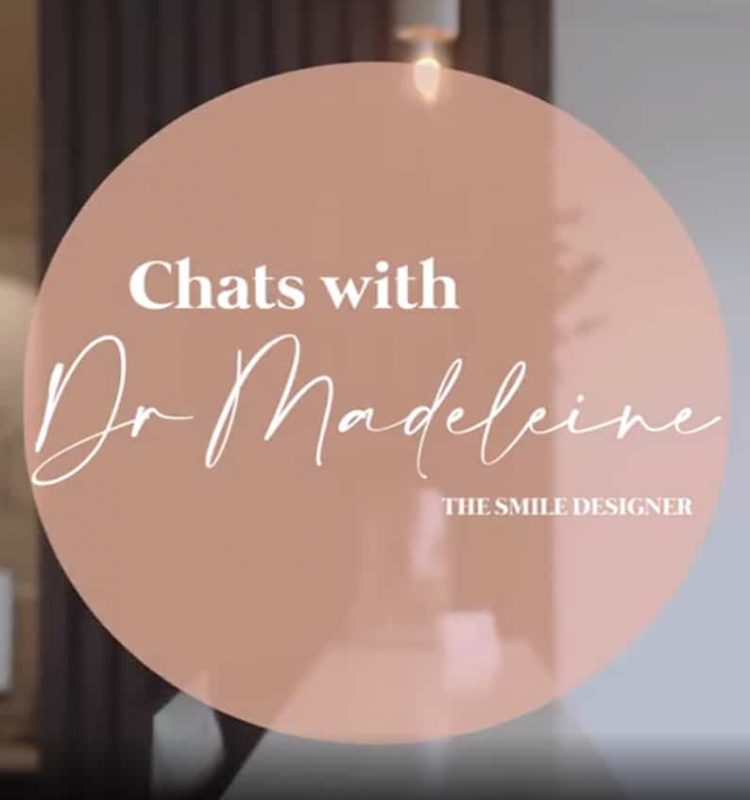
Dr Madeleine Duff
Why Choose The Smile Designer
We have helped numerous people in Melbourne and the surrounding suburbs with our high-quality care and superior service to achieve optimal results. Our dentists take great pride in not only restoring your smile and keeping it healthy, but also educating our patients about their oral health. It is important to us that we create the best foundation in ensuring our patients have full clarity and transparency in understanding their treatment plans.We have invested in state of the art technology to provide you with quality and peace of mind. Cosmetic dentistry has become increasingly popular. Ultimately who doesn’t want a smile that shines with confidence? Being at the forefront of cosmetic dentistry, we combine advanced technology, an artistic eye with extensive experience alongside ethical practice to ensure you are in the most capable and experienced hands. When you choose the Smile Designer, our dental clinic offers renowned dentistry because of the following:INSTAGRAM @
Book An Online Appointment Today





















